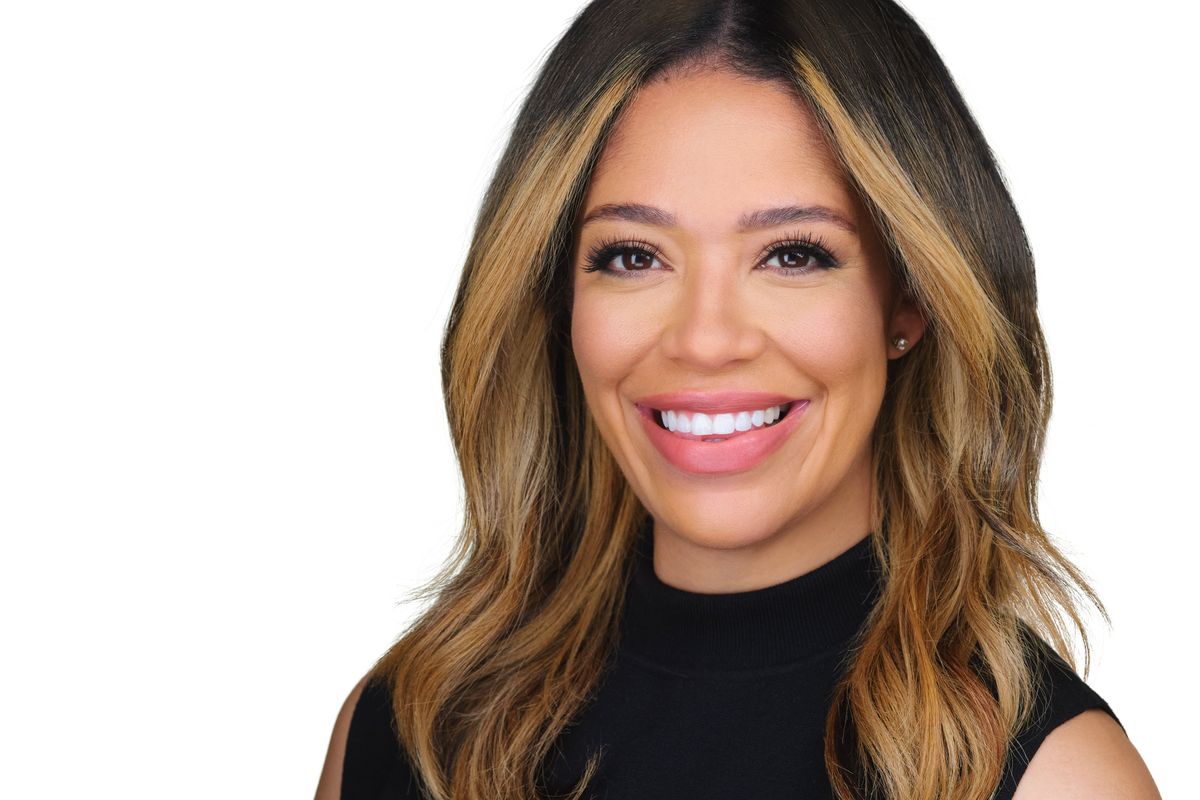With its plethora of prestigious health care organizations like the University of Texas MD Anderson Cancer Center, UTHealth Houston, and the Baylor College of Medicine, Houston sits at the heart of cancer research and prevention in Texas.
Of course, it takes piles of cash to support Houston’s status as the state’s hub for cancer research and prevention. Much of that money comes from the Cancer Prevention and Research Institute of Texas (CPRIT).
Data supplied by CPRIT shows organizations in Harris County gained $2.3 billion in institute funding from 2009 through 2025, or nearly $145 million per year. That represents almost 60 percent of the roughly $4 billion that CPRIT has granted to Texas institutions over a 16-year period.
“The life sciences ecosystem that has developed and changed in Houston is phenomenal,” Kristen Doyle, who became the agency’s CEO in July 2024, tells InnovationMap. “In the next decade, we will look back and see a great transformation.”
That ecosystem includes more than 1,100 life sciences and biotech companies, according to the Greater Houston Partnership.
Houston plays critical role in clinical trials
Texas voters approved the creation of CPRIT in 2007. Twelve years later, voters agreed to earmark an extra $3 billion for CPRIT, bringing the state agency’s total investment in cancer research and prevention to $6 billion.
To date, CPRIT money has gone toward recruiting 344 cancer researchers to Texas (mainly to Houston) and has supported cancer prevention services for millions of Texans in the state’s 254 counties. CPRIT funding has also helped establish, expand, or relocate 25 cancer-focused companies. In Houston, MD Anderson ranks as the No. 1 recipient of CPRIT funding.
Regarding cancer research, Doyle says Houston plays a critical role in clinical trials.
“[Clinical trials are] something that CPRIT has focused on more and more. Brilliant discoveries are crucial to this whole equation of solving the cancer problem,” Doyle says. “But if those brilliant ideas stay in the labs, then we’ve all failed.”
Researchers conduct more clinical trials in Houston than anywhere else in the U.S., the Greater Houston Partnership says.
Doyle, a 20-year survivor of leukemia, notes that a minority of eligible patients participate in clinical trials for cancer treatments, “and that’s one of the reasons that it takes so long to get a promising drug to market.”
An estimated 7 percent of cancer patients sign up for clinical trials, according to a study published in 2024 in the Journal of Clinical Oncology.
MD Anderson takes on cancer prevention
Doyle also notes that Houston is leading the charge in cancer prevention.
“We get some national recognition for programs that have been developed in Houston that then can be replicated in other parts of the country,” she says.
Much of the work in Houston focusing on cancer prevention takes place at MD Anderson. The hospital reports that it has received more than $725 million from the CPRIT since 2007, representing approximately 18 percent of CPRIT’s total awards.
“These efforts can have profound impact on the lives of patients and their families, and this funding ensures our exemplary clinicians and scientists can continue working together to drive breakthroughs that advance our mission to end cancer,” Dr. Giulio Draetta, chief scientific officer at MD Anderson, said in a November news release, following the most recent CPRIT award for the hospital totalling more than $29 million.
CPRIT funding for Houston institutions supplements the more than $4.5 billion in federal funding for health and life sciences research and innovations that the Houston area received from 2020 to 2024, according to the Greater Houston Partnership.
“We are curing cancer every single day,” Doyle says of CPRIT. “Every step that we are taking — whether that’s funding great ideas or funding the clinical trials that are bringing promising drugs to Texas and to the world — we are making a difference.”



